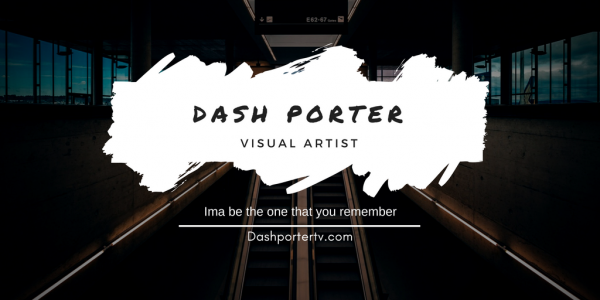Museum: The Whitney
Address: 99 Gansevoort St, New York, NY 10014
Exhibit: An Incomplete History of Protest
This was my second time seeing this exhibit, but it spoke volume. So I felt the need to go back. The first time I saw this exhibit was back in January with my girlfriend. I remember going back and forth, just bounce off each others thoughts and questions, surrounding the art and the specific issues it was addressing. Being that she is a white women, who at one point was raped and myself being a Black transman, who faces daily oppression from multiple different angles, this exhibit truly caught our eyes. I honestly wish I could remember all our commentary and inquires. But I enjoyed the chance of visiting the exhibit alone, and with my girlfriend. It gave me a chance to hear someone else’s opinions and perspective. Especially since it was my girlfriend, who to me is one of the most intelligent people I’ve ever met. She just has a way with words. Considering she scored a 2100 on her SAT’s, graduated w over a 4 gpa, ended 1st semester with straight A’s, and her rap sheet can go on for a good while. Moreover, I’m a very visual based person, and found my voice through photography, so verbal communication isn’t my strong suit. Yet, when I do get railed up on something I’m passionate about, I can go on for days. So our conversation was quite intriguing. But being there alone allowed me to ponder my environment in a different way.
Personally for me, three sections really stood out to me – ‘Abuse of Power,’ ‘Strike, Boycott, Advocate: The Whitney Archives’ and the ‘The Usable Past.’ Why? Because the art piece’s from these sections drive in the persistence of racialized violence in American society. Not straying away from the truth, each piece of art is unapologetically about painful aspects of American history and question state sanctioned systems of authority. Combining that with the title ‘incomplete,’ and just living in the world today, these works are exhibited with in the Whitney for museum goes to analyze, internalize and truly understand that this history of systemic violence is not past. Far from the past to be exact and for many Americans, including myself, it’s all too well known and personally felt.
Questions:
- Why these specific political and social issues/8 sections?
- How can I push myself as an visual artist, content creator and activist, to make art that shines a light on similar issues to these, and actually sparks people in society to want to make a change?
- Hypothetical speaking into the future, decades from now, will people one day be able to change the name from ‘An Incomplete History of Protest’ to ‘A Complete History of Protest?’
- Why did the time frame start in the 1940’s?
- Did the museum attempt at any point to curate this exhibit in a chronological way?
- Why was [Divine Violence 2007 | Daniel Joseph Martinez] placed in such an enclosed room?
- Why does specific walls and rooms rooms have black walls, while the rest are white, except the blue one housed in the right side of the building?
- What crossed museum goers minds as the traveled from piece to piece in this exhibit?
- How many people designated time to visit this exhibit, vs how many people just happen to go to the Whitney and witness it?
- Why specifically is [March on Washington to End the War on Iraq 2005 | Josephine Meckseper] and [A Man Was Lynched by Police Yesterday 2015 | Dread Scott] the first two pieces of are you see once you step off the elevator?
- I wonder how many people felt they were able to connect with one or more works of art and why?
Observations:
- Very few stayed to watch entire video. Initially, I came during the middle of the video. So I stayed to watch once it restarted again [An Ecstatic Experience 2015 | Ja’Tovia Gary]
- From what I learned in my classes thus far this academic year, I was about to pick up on several key artist that I knew and point out some of their works ([Bandaged Hands; Muhammad Ali 1966 | Gordon Parks][Guerrilla Girls Collection][etc]
- People actually taking their time to analyze both the label and artworks. Then conversated and had discussion about the pieces with whoever they were with, if they were even accompanied by anyone.
- Many people documenting their findings, a variation between selfie, and the art work.
- A lot of traction for this exhibit compared to the other floors and exhibits in the building.
- I didn’t give [March on Washington to End the War on Iraq 2005 | Josephine Meckseper] video a chance compared to [An Ecstatic Experience 2015 | Ja’Tovia Gary]
- Once you step off the elevator the area is dark. The lighting is dim, the walls are black, the tv frame is black [March on Washington to End the War on Iraq 2005 | Josephine Meckseper], the flag is black [A Man Was Lynched by Police Yesterday 2015 | Dread Scott]. Other black walled rooms have regular lighting.
Personal additional notes:
Constructed from barbed wire [Pyramid Up and Down Pyramid 1969 | Melvin Edwards] Artist David Hammons remarked “That was the first abstract piece of art that I saw that had cultural value in it for Black people. I couldn’t believe that piece when I saw it because I didn’t think you could make abstract art with a message.”
